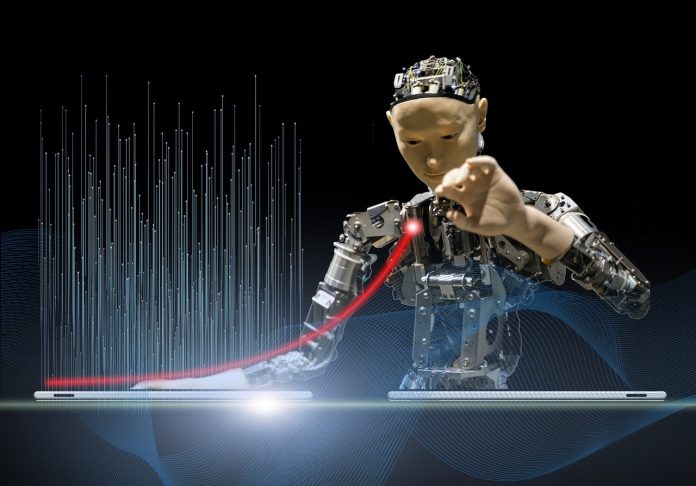[ad_1]
Immersive Learning: How Mixed Reality Is Transforming Education
Education has always been at the forefront of innovation, constantly evolving to adapt to the changing needs and demands of students. With advancements in technology, education is now experiencing a new dimension – immersive learning. Among the emerging technologies that are revolutionizing education, mixed reality is at the forefront, redefining the way students learn and interact with their subjects.
Mixed reality (MR) refers to a blend of physical and virtual reality, enabling users to interact with both digital and real-world environments simultaneously. It combines elements of augmented reality (AR), which overlays digital content onto the real world, and virtual reality (VR), which immerses users in a completely virtual environment.
One of the key advantages of immersive learning is its ability to engage students, making the learning experience more interactive and fun. Traditional educational methods often rely on textbooks and lectures, which can be passive and disengaging. Immersive learning, on the other hand, allows students to actively engage with the subject matter, enhancing their understanding and retention of information.
Through the use of MR tools and applications, students can explore three-dimensional models, manipulate virtual objects, and participate in interactive simulations. For example, in biology classes, students can dissect a virtual frog, exploring its anatomical structures in an engaging and interactive manner. In history lessons, they can visit ancient civilizations and immerse themselves in historical events, gaining a deeper understanding of the past.
Additionally, MR provides personalized learning experiences tailored to each individual’s needs and learning style. Students can learn at their own pace, repeating difficult concepts or exploring different angles of a subject until they grasp the material. Immersive learning also fosters collaboration, allowing students to work together in virtual environments, regardless of their physical locations. This collaborative aspect promotes teamwork and problem-solving skills, preparing students for future careers that increasingly rely on remote collaboration and virtual communication.
Furthermore, immersive learning through MR has the potential to level the playing field for all students, regardless of their socio-economic background. Traditional educational resources, such as science laboratories, art studios, or historical artifacts, may not be accessible to all schools due to budget constraints. With MR, these resources can be virtually recreated, giving all students equal opportunities to explore and learn.
The benefits of immersive learning extend beyond K-12 education. Higher education institutions are also embracing mixed reality to enhance teaching and research. In medical schools, for example, students can practice complex surgical procedures in a risk-free virtual environment. This hands-on experience with MR simulations helps build confidence and proficiency before students encounter real patients.
Despite the numerous advantages, immersive learning still faces some challenges. Integration into the classroom requires investment in both hardware and software, which can be a barrier for some educational institutions. Teachers also need training and support to effectively incorporate MR into their curriculum and create engaging experiences.
Nonetheless, technology companies and educators are continuously working towards addressing these challenges and making immersive learning more accessible to all. As the technology improves and becomes more affordable, immersive learning through mixed reality has the potential to become a standard part of the education system, transforming the way students learn and equip themselves for the future.
In conclusion, immersive learning through mixed reality is revolutionizing education by providing engaging, interactive, and personalized learning experiences. By blending physical and virtual aspects, MR allows students to actively explore subject matter, collaborate with peers, and gain a deeper understanding of complex concepts. As technology advances, immersive learning has the potential to become a ubiquitous tool in classrooms, empowering students and preparing them for the challenges and opportunities of the digital age.
[ad_2]

